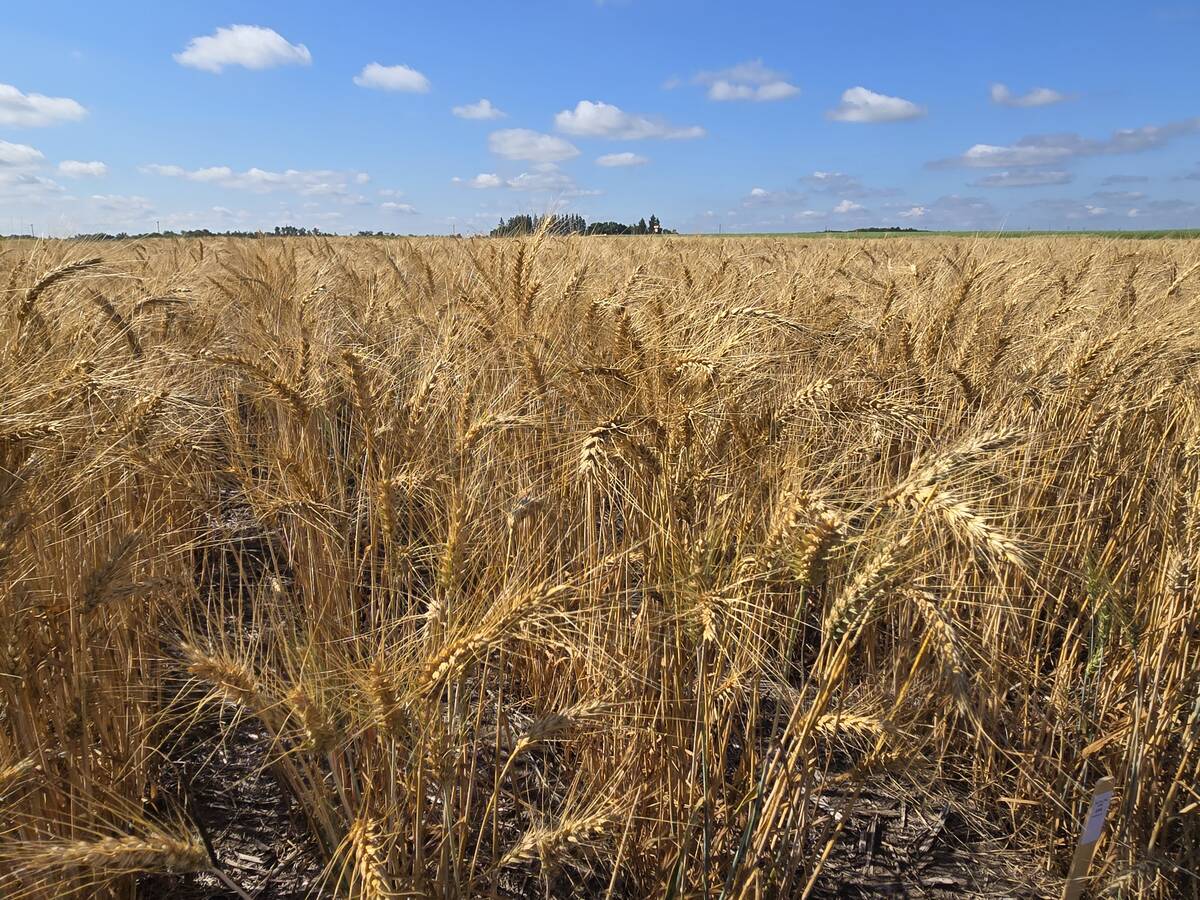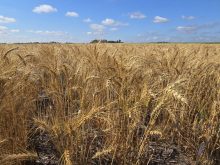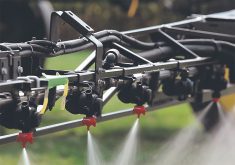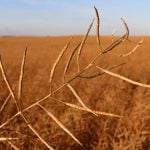RED DEER – A hog price insurance program (HPIP) should be available to Alberta pork producers later this spring.
The program is similar to the cattle programs available through Alberta Agriculture’s Financial Services Corp. (AFSC).
It allows producers to buy an insur- ance policy based on a forecasted hog price.
When the policy expires, the coverage is compared to a settlement price that reflects the monthly average price of market hogs in Alberta.
Policies may be bought at different price levels for periods of two to 10 months, but premiums become more expensive the further the policies go into the future.
Read Also

Fall rye hits record high in Manitoba
Winter cereals 2025: More Manitoba fields grew fall rye in 2025 than ever before, but winter wheat slipped and, while spring stand survival was good, drought took its toll
AFSC representatives at an Alberta Pork spring meeting in Red Deer March 15 said the cost of the premium considers policy length, market volatility, interest rates, exchange rates and coverage levels.
The program offers coverage up to 90 percent and is available to Alberta residents older than 18 who are raising hogs.
“We are aiming to provide something that is reflective of the risk in Alberta,” said Emmet Hanrahan of AFSC.
No one is expected to make money from the insurance, but it should help level out some of the extreme and unexpected pork price declines experienced in the last four years.
“It is the unpredicted declines where HPIP will help you,” he said.
Producers can buy the insurance online or at an AFSC office on Tuesday, Wednesday or Thursday throughout the year. No minimum weight is required to purchase. Cove ra g e is offered for weaner and isowean pigs.
Producers at the meeting questioned why the government does not contribute to the program as it does with crop insurance to keep premiums lower.
However, deputy agriculture minister John Knapp said the insurance scheme would be considered a direct price subsidy and result in trade action if the government contributed.
Crop production insurance requires 40 percent payment from the producer, 36 percent from the federal government and 24 percent from the province.
“Globally those kind of production insurance programs with government participation are generally non-trade actionable. As soon as you get into a price insurance, you are paying the premium for that,” he said.
The government has helped the hog industry through cash advances and the sow reduction program, but a swelling provincial deficit means less money is available.
“Over the last couple of years, you need to appreciate, this government is running a significant deficit,” he said.
“If we bring money out of treasury board for ad hoc programs, it is extremely difficult and it will be more difficult in the next while.”
Full program details and premium charts will be posted at www.afsc.ca.















